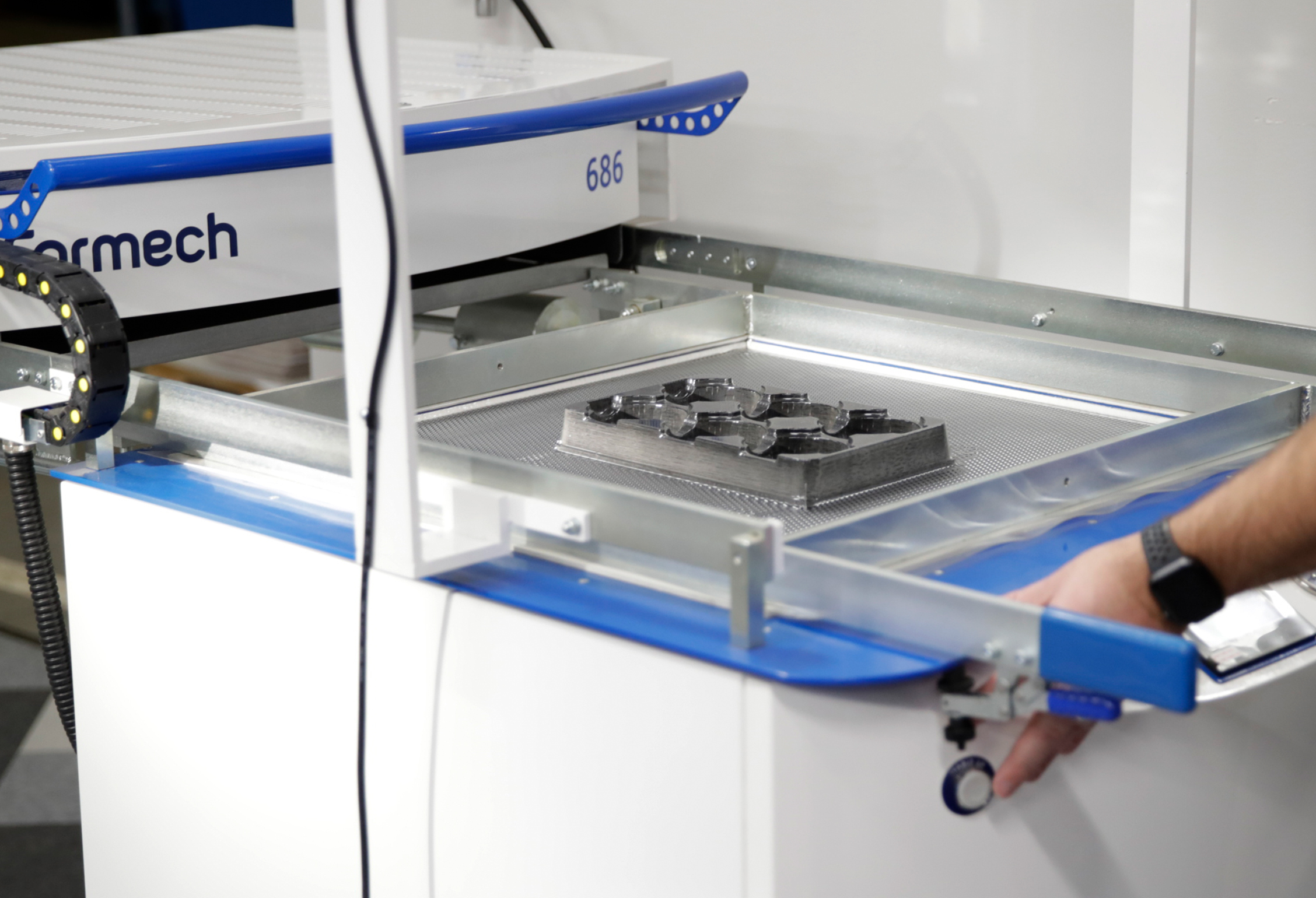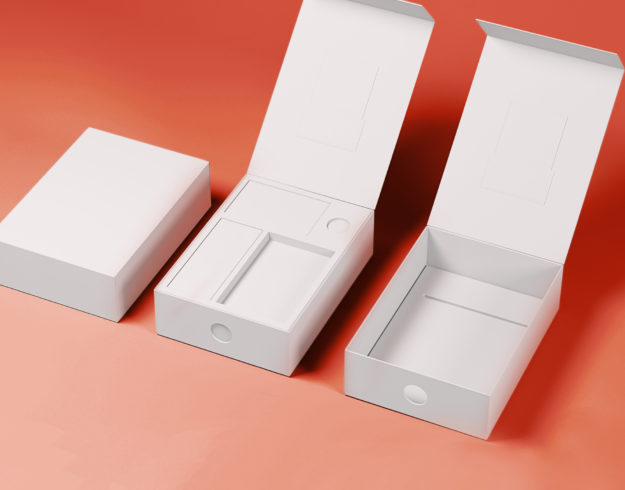Rapid prototyping makes it possible to efficiently evaluate a product before manufacturing. Seeing and touching working prototypes allows you to make faster, more informed decisions that will help you beat competitors to market with the best possible product. Our prototyping services include CAD tables, 3D printing, thermoforming, and injection molding.
Rapid prototyping refers to a variety of manufacturing techniques for quickly fabricating a physical product, part, or assembly using 3D computer aided design (CAD). Key to the process is additive manufacturing, which is more commonly referred to as 3D printing. The manufacturing technology “prints” layer-upon-layer of material, creating a working prototype before your eyes. Prototypes aid visualization, design, and development of the manufacturing process in advance of production.
Prototypes are typically referred to as either low or high fidelity. Low fidelity prototypes are less refined and are used primarily for testing product functionality. A higher fidelity prototype will have a close physical resemblance to the desired final product to better evaluate it’s visual appearance and emotional impact on the customer.
The earliest rapid prototyping methods became available during the 1980s in the automotive industry. 3D printing quickly rose to prominence thanks to its affordability and speed.Today, rapid prototyping techniques are widely used across numerous industries and applications and can even be used to manufacture production-quality parts in small quantities, enabling cost savings in comparison to a usual low quantity manufacturing run.
This guide summarizes common rapid prototyping processes and outlines the advantages of a rapid prototyping phase in design and manufacturing.
The Rapid Prototyping Process
Additive manufacturing is the most common rapid prototyping approach, but other technologies are also used, including casting, molding and high-speed machining.
Conventional manufacturing processes are commonly used alongside rapid prototyping methods. These include:
Subtractive manufacturing: creating a prototype by grinding, turning, or milling a block of material
Compressive manufacturing: forcing liquid material into a desired product shape and solidifying it into a mold or cast


